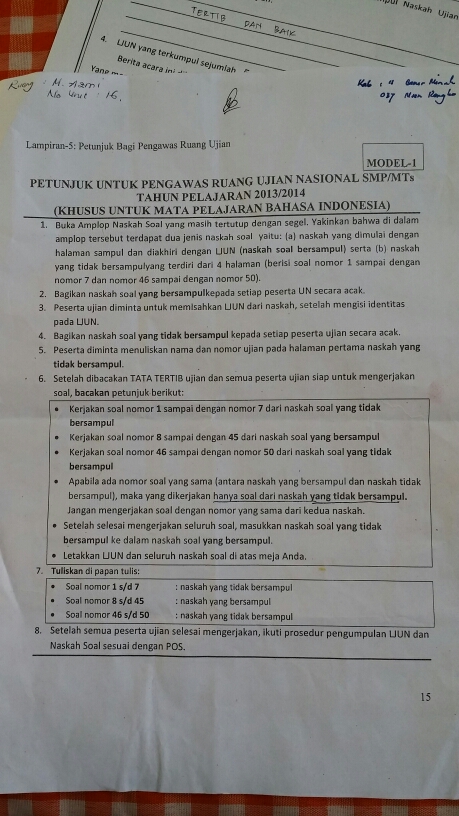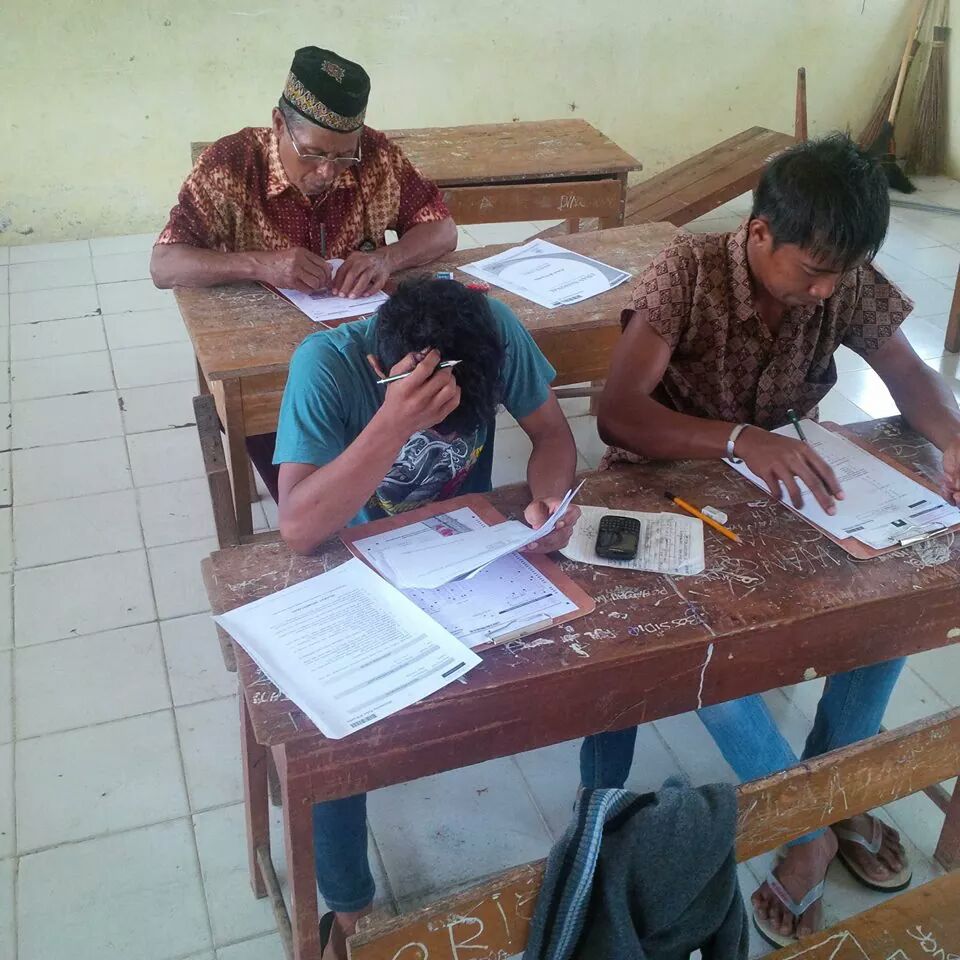ke German…? why not…?
sekarang bukan saat nya bermimpi..
saatnya anda menjelajah luasnya ilmu pengetahuan di German telah tiba..
bagi anda guru-guru produktif SMK bidang Konstruksi..?
1. Memiliki Semangat dan Motivasi Tinggi dalam meningkatkan kemampuan diri.?
2. Status Sebagai PNS ataupun Non PNS namun telah terdaftar dalam K1 dan K2
3. Usia antara 25 – 35 Tahun
4. Tidak dalam keadaan hamil dan mendapatkan izin dari suami bagi yang wanita
5. Ijazah minimal D3
6. Bersedia mengikuti pembekalan bahasa Asing
7. Bersedia Mengikuti Kegiatan Pelatihan dan Pemagangan sampai selesai
daftarkan segera dirimu
jangan sampai ketinggalan.
kirimkan segera surat permohonanmu ke email : langet_81@yahoo.com atau muksalmina81@gmail.com
kelengkapan yang harus kamu kirimkan
1. Surat Permohonan, Biodata dan Riwayat hidup (selengkap mungkin)
2. Fotocopy KTP dan Passport (jika ada)
3. Fotocopy Toef dan IESLT (jika ada)
4. SK Pengangkatan PNS ataupun Non PNS
5. Surat Rekomendasi dari Kepala DInas Pendidikan Kab/Kota
6. Surat Rekomendasi dari Kepala Sekolah.
(semua bahan sudah dalam bentuk PDF )
ingat…..!!!!!! Bahan diterima paling lambat tanggal 19 Mei 2014
Seleksi Administrasi akan dilakukan tanggal 20-21 Mei 2014.
Hasil seleksi akan diumumkan di Website jaringanpelajaraceh.com
bagi yang lulus seleksi administrasi akan diundang untuk Wawancara.
jangan kuatir, NO KKN….!!
seleksi adminstrasi dan wawancara akan dilakukan oleh Tim Independen dari German
yang layak dan memenuhi syarat dijamin akan ke German tahun ini…..
go………………
tertanda
Panitia Seleksi













